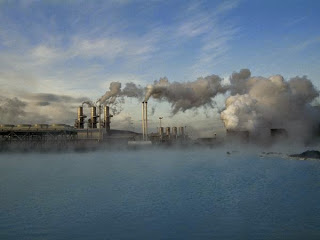| Online: | |
| Visits: | |
| Stories: |

| Story Views | |
| Now: | |
| Last Hour: | |
| Last 24 Hours: | |
| Total: | |
Geothermal energy: clean air or money?
I taught a fourth-year class at Simon Fraser University where I allowed students to pick a “natural resource” topic that they would study, present and write on. I learned a lot from my students (who enjoyed the experience [pdf]) and asked each to write a blog post on an interesting dimension of the area they studied.
Here’s a edited post from LB:
Geothermal energy is reputed to be a source of clean energy for heating and power generation, but this article points out that geothermal wells increase emissions of H2S and CO2. Sulfur hydroxide (H2S) is especially worrisome as the cause of acid rain and soil vulcanization.
What’s interesting is that the governments respond differently to this threat. Iceland’s government does not worry about adverse impacts as much as the US government does.
What explains the difference? I think it’s population density. There aren’t as many people near geothermal facilities in Iceland as there are in the US, which means that the benefits of geothermal come with lower costs in Iceland.
Bottom Line: The balance between local pollution and local economic activity depends on how many people are around.
Source: http://www.aguanomics.com/2014/07/geothermal-energy-clean-air-or-money.html




